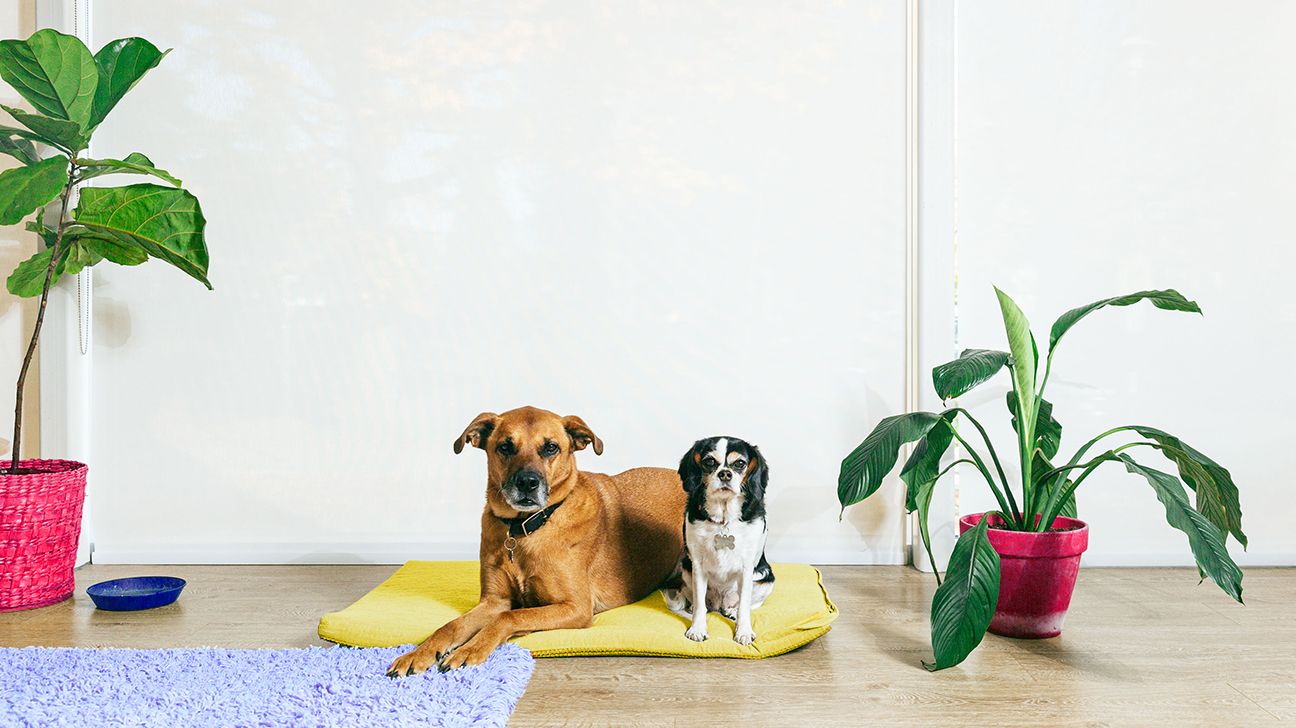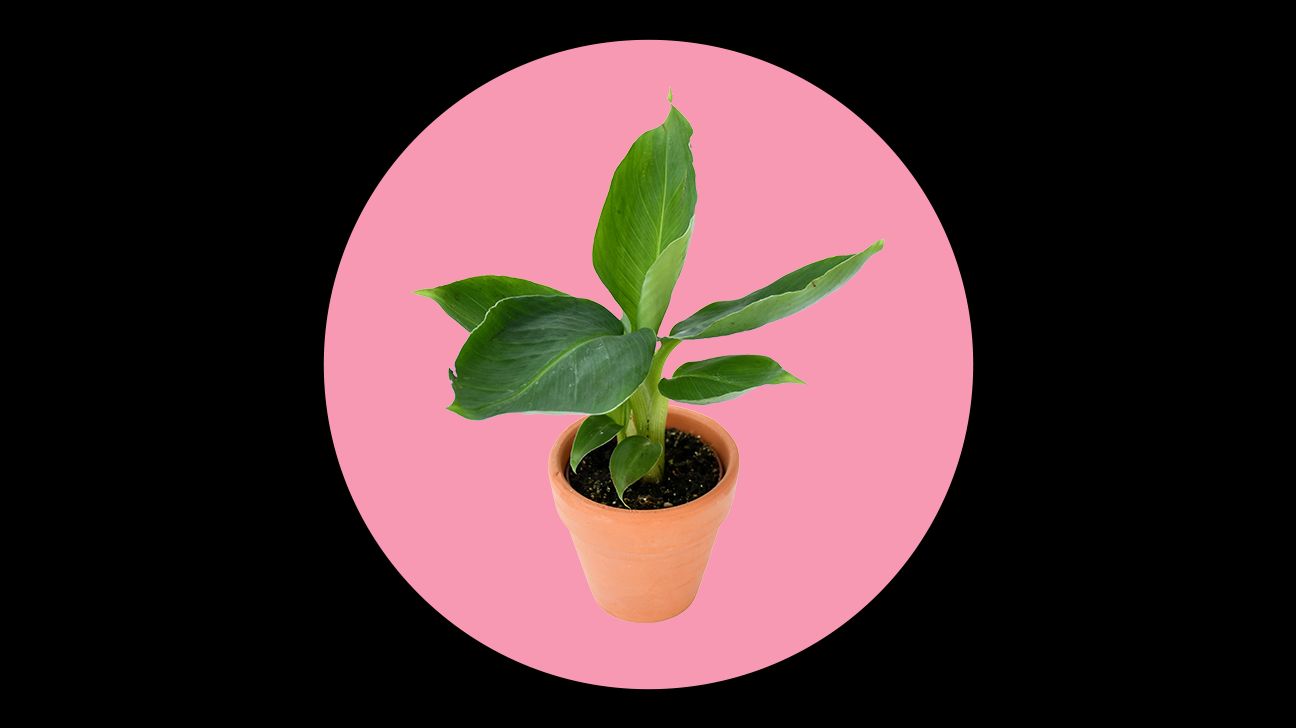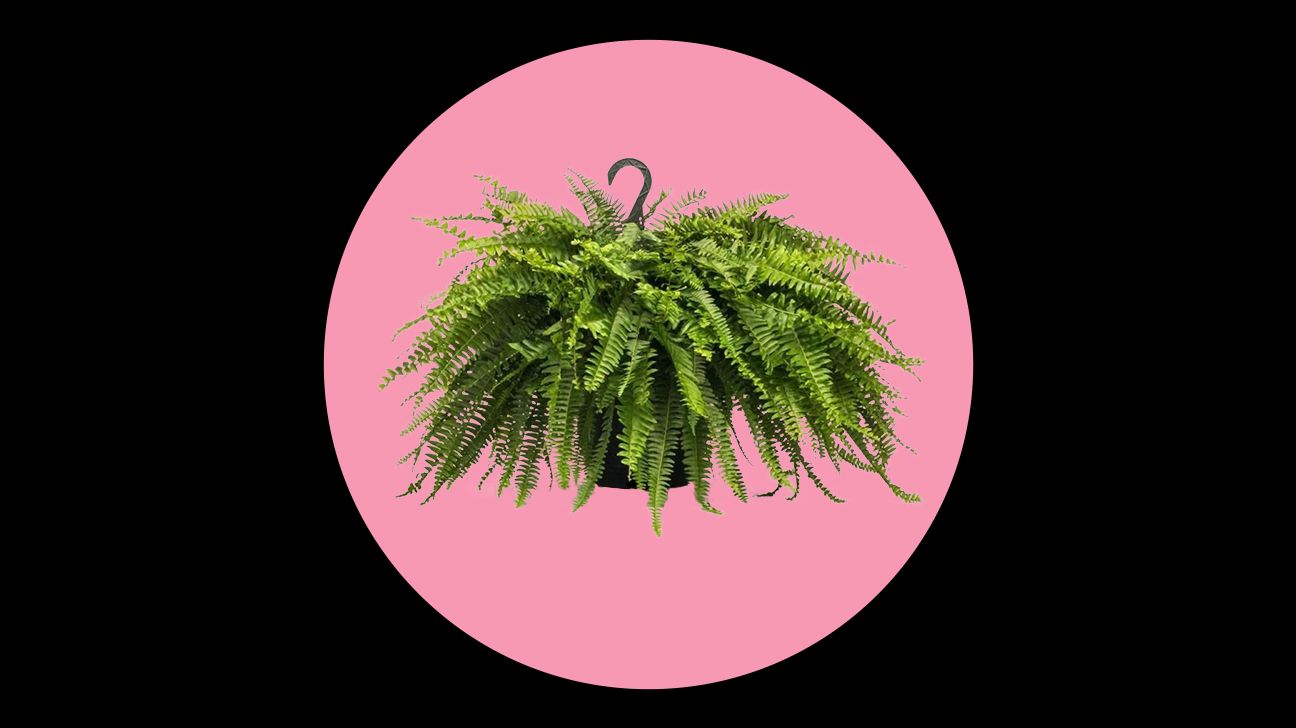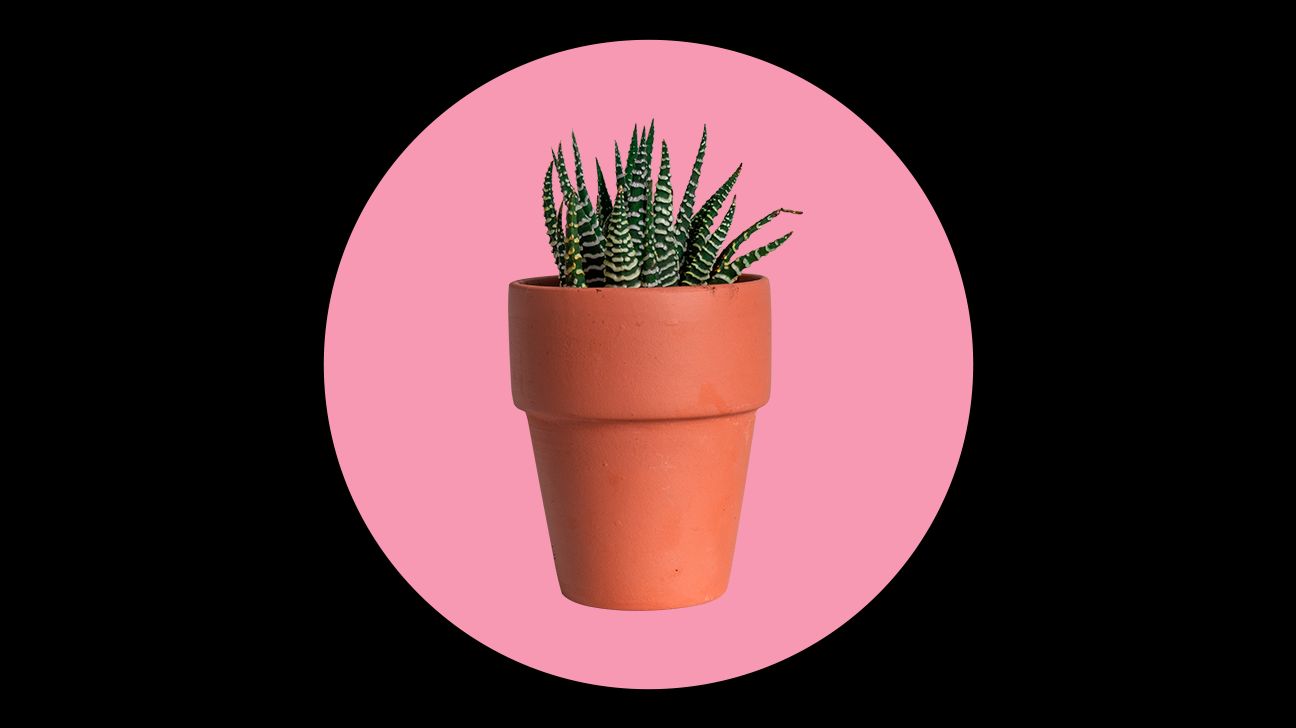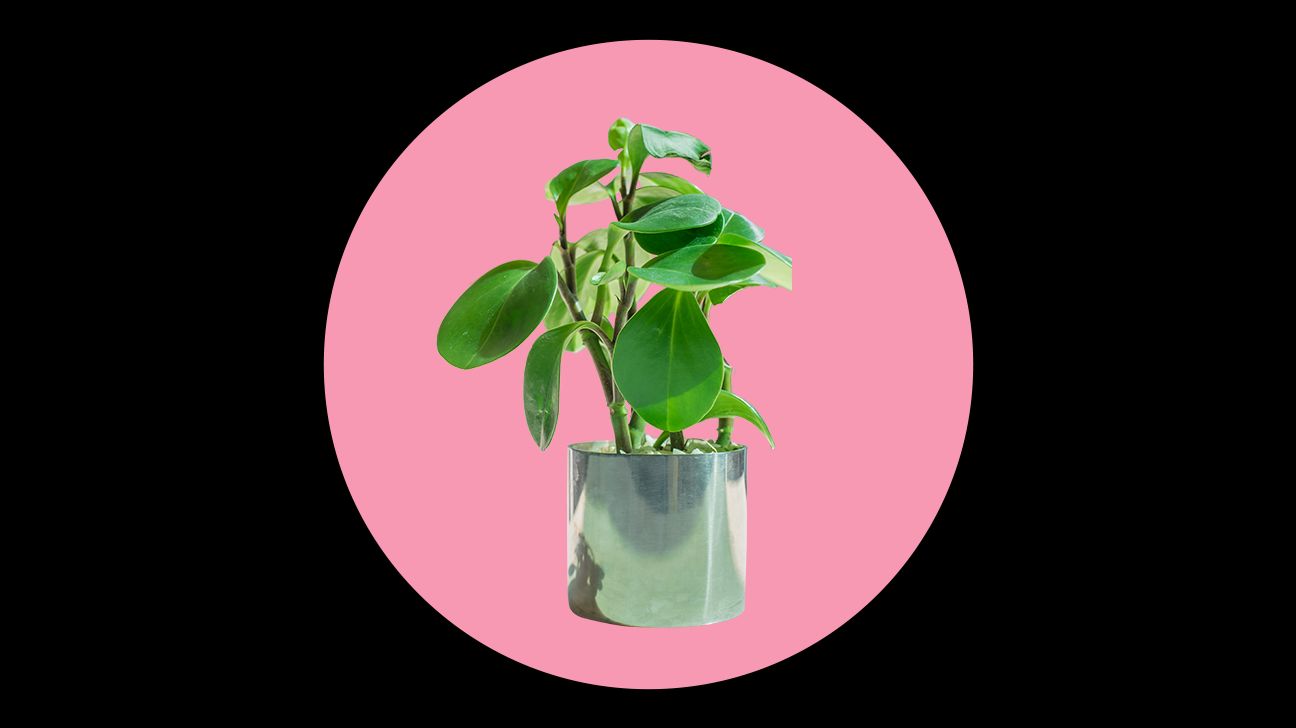We include products we think are useful for our readers. If you buy through links on this page, we may earn a small commission. Here’s our process.
Greatist only shows you brands and products that we stand behind.
Our team thoroughly researches and evaluates the recommendations we make on our site. To establish that the product manufacturers addressed safety and efficacy standards, we:- Evaluate ingredients and composition: Do they have the potential to cause harm?
- Fact-check all health claims: Do they align with the current body of scientific evidence?
- Assess the brand: Does it operate with integrity and adhere to industry best practices?
Furbabies can turn your fave plant into a chew toy. Annoying? Sure. But it can also be dangerous. Some houseplants are poisonous to pets. Here are the 23 nontoxic plants that won’t hurt your fluffy friends.
What about my current plant bébés?
Not sure if your plants are toxic? The American Society for the Prevention of Cruelty to Animals (ASPCA) can help. They have an online tool that notes hundreds of different plants that are toxic for dogs, cats, and horses.
You can also call the ASPCA Animal Poison Control Center phone number: (888) 426-4435.
Find your plant a new home if it’s toxic. Or move it to an area that you’re positive your pets can’t get to.
If your pet has noshed on a toxic plant call your veterinarian ASAP.
This price guide will let you know how much your new green BFFs will cost.
- $ = under $15
- $$ = $16–$30
- $$$ = over $30
Price: $
Longing for a tropical look? Banana plants are a safe alternative to elephant ears. Banana plants have the same lush vibe. But unlike elephant ears, they’re nontoxic.
Dwarf banana plants make great houseplants. Taller varieties can create serious statements in your yard. Plus, you’ll save like 50 cents a week growing your own bananas! 🍌
Price: $$
A fern in a hanging macrame basket is total a e s t h e t i c. Sadly, some ferns are toxic to pets. Others are picky and high-maintenance.
But with the Boston fern you get the best of both worlds. They’re pet-safe and easy to care for. You can keep them inside or outside.
Price: $
Haworthia is a super sexy succulent. They kinda look like aloe but won’t give your pet a nasty case of the trots.
These plants are easy to please so maintenance should be a breeze. They like indirect light and thrive indoors. The Haworthia attenuata has a zebra design that’s the perfect natural touch to a modern interior.
Price: $$
The baby rubber plant looks a bit like the toxic-to-pets-but-beloved-on-the-gram fiddle leaf fig. But they’re safer (and much tinier)! These little cuties top out at 10 inches tall. They aren’t very picky and like medium light.
Price: $$$
Bromeliads are tropical plants that thrive in high humidity. They also ❤️️ the ☀️. They can live indoors but should be kept near a humidifier.
Their brightly-colored leaves (aka bracts) are gorgeous. But if you want a flowering plant they’re not your best bet. Bromeliads only flower once, right before they die. At least they won’t harm your pets!
Price: $
Spider plants are pet-safe and resilient AF. Even the most notorious houseplant killers will find them easy to care for. Plus they look dope in a hanging basket.
Spider plants like indirect sunlight and cool air. They’re a great addition to your bedroom or living room.
Price: $$$
Orchids are delicate, elegant flowers. They’re also pet friendly! They do best indoors where it’s easier to manage their environment.
Keep in mind, orchids can be a bit fussy. They may need more TLC than other plants. The American Orchid Society has some great advice for first-time orchid owners.
Price: $$$
Gerbera daisies are bright, cheery flowers that are perfect for bouquets or vases. You can keep them inside or out as long as they don’t get too much direct sunlight. Bonus: These flowers are edible (for people). Use them to make your salads extra pretty.
Note: Some species of daisies are toxic to cats and dogs, so just because gerberas are OK, doesn’t mean all daisies are. Always do your research if bringing other daisies into the house.
Price: $$
The calathea is a primo choice for houseplant newbies. It thrives in low light, doesn’t need a lot of water, and requires no pruning. Plus their leaf patterns are pure art.
These can grow up to 2 feet tall so be sure to give them some space.
Price: $
If you’re looking for a low-maintenance indoor flowering plant, the African violet is def for you. African violets are cute little flower that comes in shades of pink, red, and (mostly) purple. They’re a perfect indoor potted plant and thrive in indirect light.
Price: $
Thinking about starting an herb garden? The thyme is now! Some potent herbs — like rosemary and oregano — can make your pets sick. But thyme is totally safe (and yummy).
Price: $
Lipstick plants have long vines that spill out of their containers. This makes them a perfect, dreamy addition to your decor.
Their red flowers look like… well… lipstick. But the plant looks great even when it’s not flowering. Place them in a hanging basket or on a windowsill.
Price: $
Sage is great if you want to add big flavor to your nom noms without spending beaucoup bucks. It’s also another pet-safe candidate for your windowsill herb garden. It loves sun so you can also plant it outside. Outdoor sage might attract pollinators if left to flower — always a good thing.
Price: $
The polka dot plant is one-of-a-kind. Their dark green leaves are speckled with pale pink spots (or is it the other way around?). Either way, it’s got major Sailor Jupiter vibes and we’re here for it.
It’s also fairly resilient. It should handle the sunny spots in your house that are too bright for other plants.
Price: $$
The friendship plant is so adorable that you’ll definitely want to be its bestie. The crinkled leaves are naturally ombré — fading from dark reddish-brown to bright green toward the edges.
It loves cool temps and indirect light. It won’t take too much work for you and your plant to become BFFs.
Price: $
Basil is the bomb. It’s the perfect addition to your windowsill herb garden. Not only is it pet safe, it tastes good on almost everything. Even as a garnish it’s simply the best *chef’s kiss*.
Price: $$
Echeveria is a pleasantly symmetric and low-maintenance type of succulent. They come in shades of pinkish-purple, gray-blue, and dusty green.
The bad news is that once you start buying them you might not be able to stop. It’s easy to become eche-very-addicted.
Price: $
Zinnias are perfect for your flower beds because — unlike many flowers — they love unrelenting sun. They’ll provide a pop of color for months on end. They bloom from spring all the way to the first frost.
Price: $
The wax plant (aka hoya) has thick, green leaves and tiny clusters of flowers that look like (you guessed it!) wax. It’s a very low-maintenance indoor plant. Its long leafy vines look great in a hanging planter.
Price: $$
Venus fly traps can look pretty darn intimidating. They do have “teeth” after all. But they’re actually 💯 harmless to humans and pets. Plus they’re so cool. If you can get over the creepy fact it’s a flesh-eating plant you may start to see your Venus as a pet in its own right. Feed me, Seymour!
Price: $
Marigolds are cheery flowers that grow in shades of yellow, orange, and red. They love the sunshine, so they’re great outdoors in hanging baskets or in flowerbeds.
They also make a perfect border for your veggie garden, as they attract pollinators like bees and ladybugs. Unwanted critters like rabbits, squirrels, and deer will steer clear because they dislike the taste.
Price: $
Want to add a straight-up tree to your life? The hawthorn berry tree is the way to go. These trees provide tons of shade and visual interest to your yard once fully grown. They fill up with clusters of white flowers that grow into dark red berries.
The best part? It’s 100 percent pet-safe. In fact, hawthorn berries are used as a heart health supplement for dogs.
Price: $$$
Crepe myrtles don’t provide much shade but they sure are pretty! You can prune them to look more like a tree or a shrub — whatever works best for your yard.
In the summer they practically explode with pink, red, or purple blooms. They’re also low maintenance.
You don’t have to give up #PlantParent life to protect your furbabies. But you can avoid an emergency veterinary visit by switching to nontoxic plants. With countless varieties, you’ll def find a new green friend that works for your aesthetic and budget.

